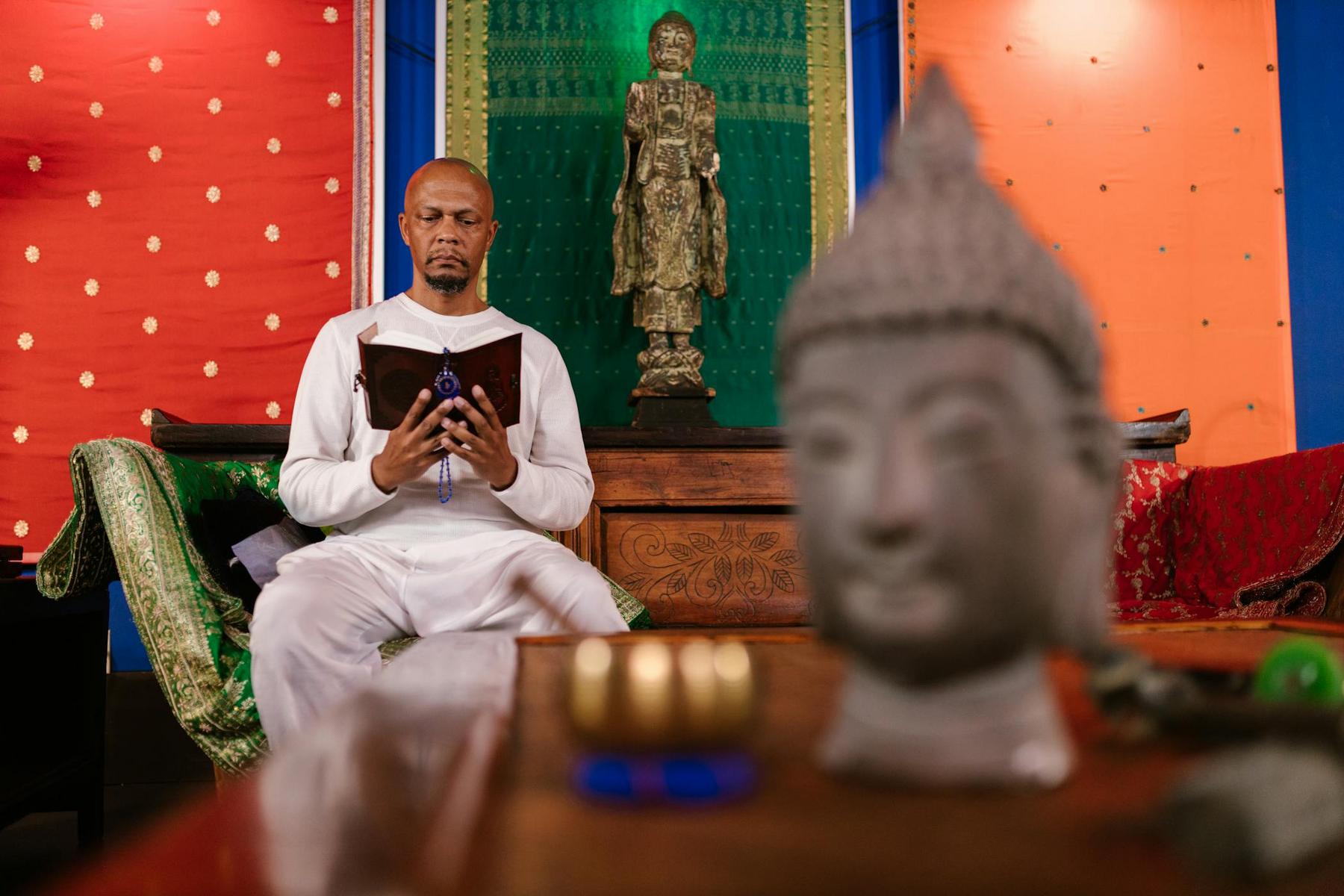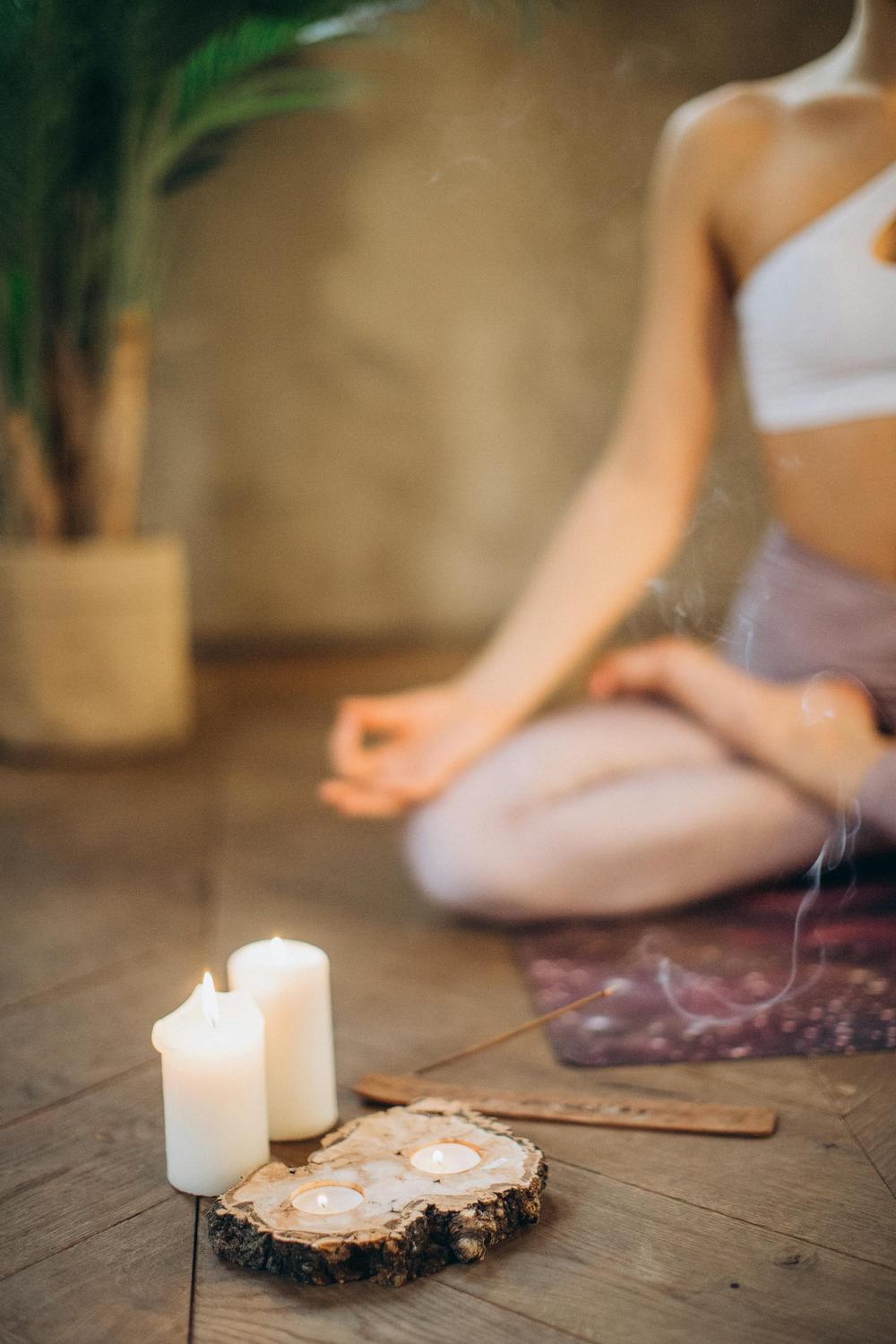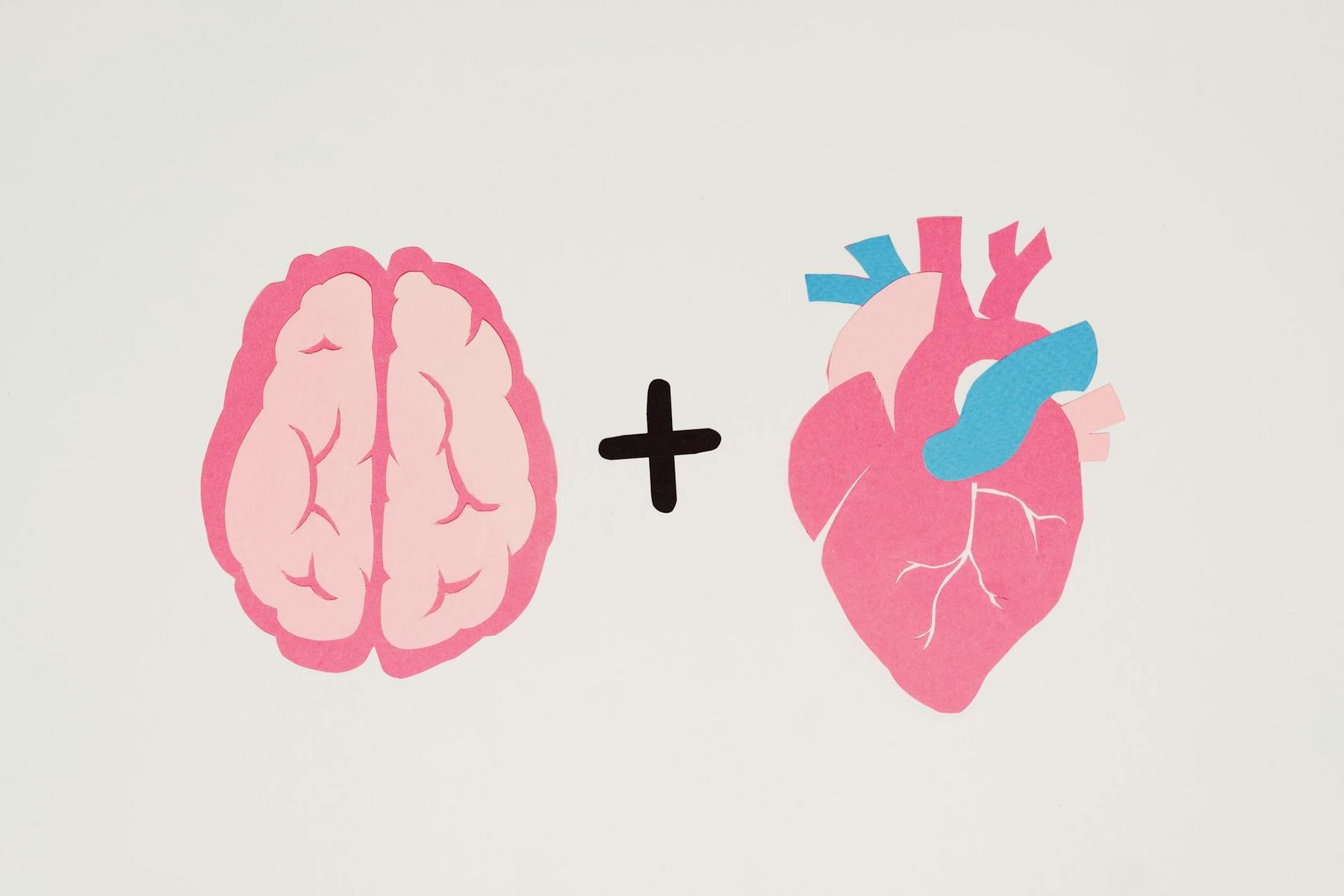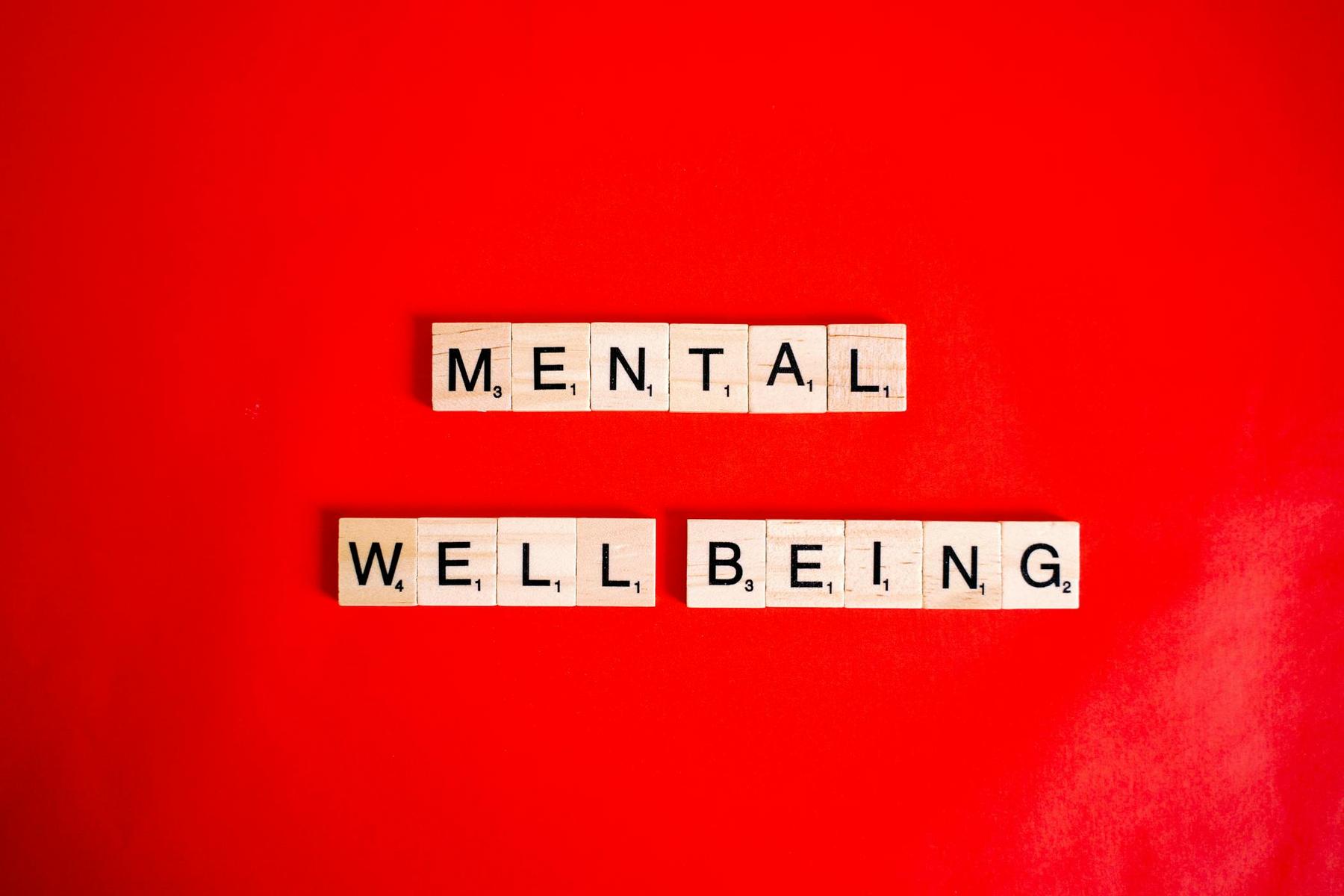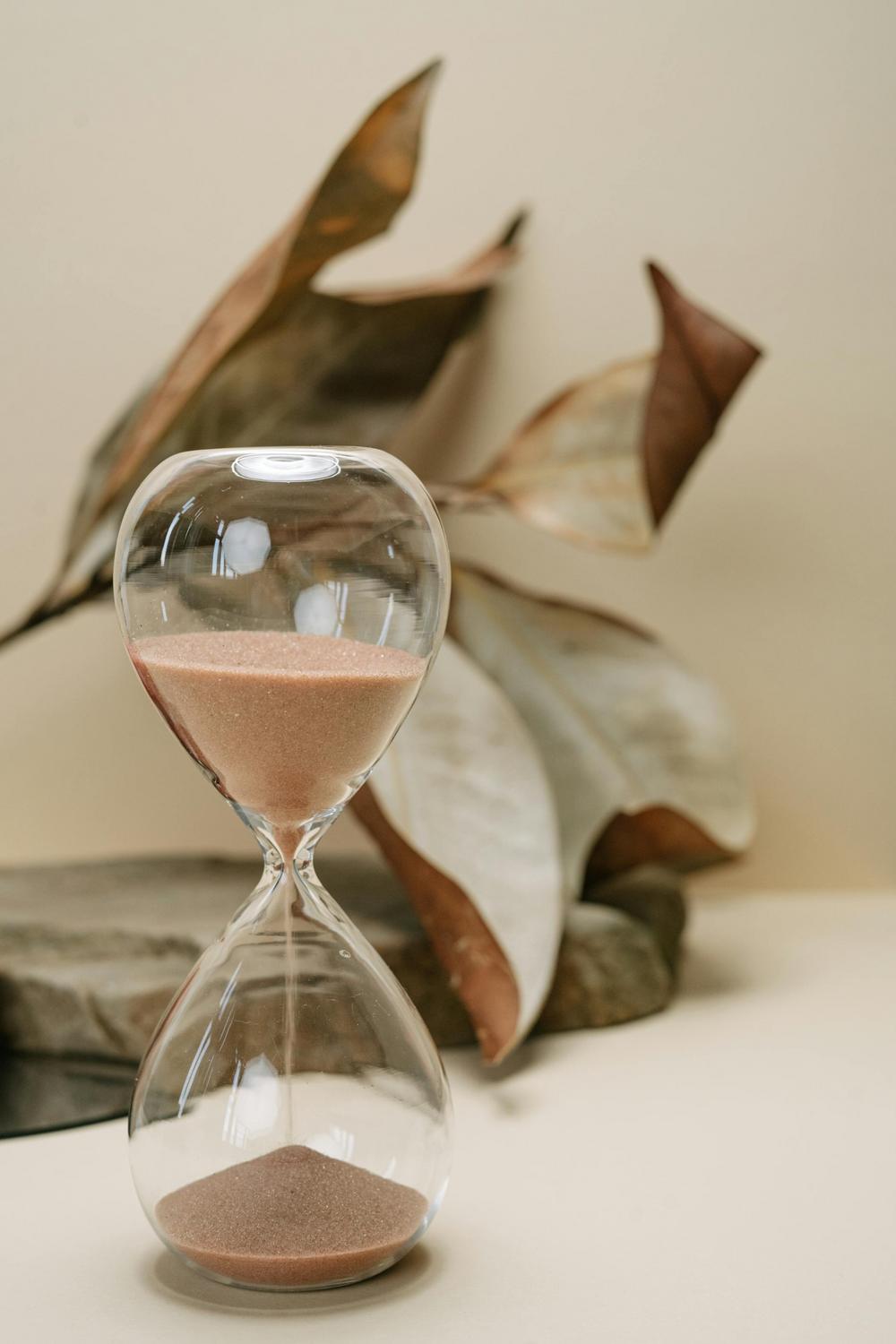The ancient corridors of Eastern philosophy echo with wisdom that transcends millennia, yet speaks directly to the restlessness of contemporary life. In an era characterised by disconnection from self and accelerated living, countless Australians find themselves seeking pathways to inner equilibrium that extend beyond surface-level solutions. Chakra meditation emerges not as a passing trend, but as a sophisticated system of energetic awareness rooted in traditions that have sustained human wellbeing across centuries. This contemplative practice offers a framework for understanding the subtle dimensions of human experience—dimensions that modern life often obscures beneath layers of distraction and disembodiment.
The resurgence of interest in chakra-based practices reflects a deeper cultural recognition: that wellness encompasses more than physical parameters alone. As holistic approaches gain traction within Australian healthcare landscapes, the integration of Eastern philosophical frameworks provides practitioners and individuals alike with nuanced tools for addressing the interconnected nature of human vitality. Understanding chakra meditation requires moving beyond superficial interpretations to engage with its historical depth, philosophical sophistication, and practical applications.
What Are Chakras in Eastern Philosophy?
The Sanskrit term chakra, translating literally as “wheel” or “disc”, describes centres of concentrated energy within the subtle body—a concept fundamental to yogic and tantric traditions originating in the Indian subcontinent between 1500 and 500 BCE. These energetic focal points represent intersections where consciousness and physiology converge, forming a sophisticated map of human experience that encompasses physical sensation, emotional processing, and cognitive awareness.
Within traditional Eastern frameworks, chakras function as organisational centres that regulate the flow of prana (vital life force) through interconnected channels called nadis. This conceptual architecture provided ancient practitioners with a methodology for understanding how disruptions in energetic flow manifest as imbalances across multiple dimensions of wellbeing. The chakra system does not exist as a physiological structure in the Western anatomical sense; rather, it represents a phenomenological model—a way of experiencing and interpreting the body’s subtle dimensions.
The philosophical foundation of chakra theory rests upon the principle that human beings exist simultaneously across multiple layers of experience: physical, energetic, emotional, intellectual, and spiritual. Each chakra corresponds to specific qualities, developmental stages, and existential concerns, creating a comprehensive framework for self-understanding that has influenced meditation practices, yogic traditions, and healing modalities throughout South and Southeast Asia for over three thousand years.
The precise number and configuration of chakras vary across different textual traditions, though the seven-chakra system popularised in contemporary Western contexts emerged from 20th-century interpretations of classical sources. Earlier tantric texts describe varying numbers of chakras—sometimes four, six, or numerous additional minor centres—reflecting the diversity of contemplative traditions within Eastern philosophy. This variation underscores an important principle: chakra frameworks serve as experiential maps rather than fixed anatomical facts, designed to facilitate introspection and energetic awareness.
How Does Chakra Meditation Work?
Chakra meditation operates through the cultivation of focused attention directed toward specific energetic centres, combined with visualisation techniques, breathing practices, and sometimes sound resonance. The methodology synthesises several elements from classical yoga philosophy: dharana (concentration), dhyana (meditative absorption), and pranayama (breath regulation). Through sustained practice, individuals develop heightened sensitivity to subtle bodily sensations and energetic patterns that typically remain below conscious awareness.
The practice typically begins with establishing a stable, comfortable seated posture that facilitates alertness without tension. Practitioners then direct attention systematically through each chakra, beginning either at the base of the spine or the crown of the head, depending upon traditional lineage. This directional movement—whether ascending or descending—carries philosophical significance related to the practitioner’s intention: activating latent potential or grounding ethereal awareness into embodied experience.
Central to chakra meditation’s effectiveness is the principle of sustained attention creating neuroplastic changes in how we perceive and interpret bodily experience. When consciousness repeatedly returns to specific focal points, neural pathways associated with interoceptive awareness strengthen, enhancing our capacity to recognise subtle patterns of tension, ease, constriction, and expansion throughout the body. This refined somatic awareness forms the foundation for responsive self-regulation.
Visualisation techniques employed during chakra meditation often incorporate colour associations, geometric forms (yantras), and symbolic imagery drawn from traditional iconography. For instance, practitioners might visualise a particular chakra as a lotus flower with a specific number of petals, radiating its associated colour while embodying its characteristic qualities. These symbolic elements serve as anchoring points for concentration, making abstract energetic concepts tangible to the meditating mind.
The integration of breath control amplifies the practice’s depth. Practitioners might coordinate inhalation and exhalation with visualisation—imagining breath entering a chakra on the inhale, suffusing it with vitality, then releasing blockages on the exhale. Some traditions incorporate bija mantras (seed sounds)—single-syllable vocalisations associated with each chakra—that create vibrational resonance believed to activate specific energetic centres.
What Are the Seven Primary Chakras and Their Significance?
The seven-chakra system represents the most widely recognised framework in contemporary practice, though practitioners should understand this as one interpretive model among several valid traditional approaches. Each chakra correlates with specific physiological regions, psychological themes, and developmental life stages, creating a comprehensive map of human experience from foundational survival concerns to transcendent awareness.
| Chakra Name | Location | Associated Qualities | Traditional Colour | Element |
|---|---|---|---|---|
| Muladhara (Root) | Base of spine | Grounding, security, survival, foundational stability | Red | Earth |
| Svadhisthana (Sacral) | Lower abdomen | Creativity, emotional fluidity, sensual experience | Orange | Water |
| Manipura (Solar Plexus) | Upper abdomen | Personal power, willpower, digestive transformation | Yellow | Fire |
| Anahata (Heart) | Centre of chest | Compassion, connection, emotional balance | Green | Air |
| Vishuddha (Throat) | Throat region | Authentic expression, communication, truthfulness | Blue | Space/Ether |
| Ajna (Third Eye) | Between eyebrows | Intuition, insight, intellectual clarity | Indigo | Light |
| Sahasrara (Crown) | Top of head | Transcendent awareness, spiritual connection | Violet/White | Consciousness |
Muladhara, the root chakra, anchors the entire system in concerns of physical safety, material security, and our fundamental right to exist and occupy space. Imbalances here manifest as anxiety about basic needs, feelings of unsafety, or disconnection from physical embodiment. Meditation practices targeting this centre emphasise grounding visualisations and awareness of bodily contact with supporting surfaces.
Svadhisthana, the sacral chakra, governs creative expression, emotional intelligence, and our capacity for pleasure and healthy desire. This centre relates to our ability to flow with life’s changes rather than rigidly resisting natural processes. Practices here often incorporate fluid movement awareness and exploration of emotional texture without suppression or overwhelm.
Manipura, the solar plexus chakra, concerns personal agency, confident action, and the metabolic transformation of experience into wisdom. Traditional texts associate this centre with the digestive fire (agni) that transforms not only food but also life circumstances into assimilable nutrients for growth. Meditation here strengthens capacity for purposeful action and healthy boundary-setting.
Anahata, the heart chakra, occupies the central position in the seven-chakra system, bridging the lower three centres (oriented toward survival and embodiment) with the upper three (oriented toward expression and transcendence). This centre governs our capacity for unconditional acceptance, empathy, and connection—both with others and with ourselves. Heart-centred meditation practices cultivate emotional resilience and relational wisdom.
Vishuddha, the throat chakra, enables authentic self-expression and truthful communication. This centre relates not only to verbal articulation but also to our capacity to speak our truth internally—to acknowledge our genuine experience without self-deception. Practices here support the development of clear, honest communication and creative vocal expression.
Ajna, the third eye chakra, is traditionally associated with intuitive perception and insight beyond ordinary sensory awareness. This centre governs our capacity for discernment, pattern recognition, and visioning—both literally (through the eyes) and metaphorically (through imagination and foresight). Meditation here refines perceptual clarity and cognitive flexibility.
Sahasrara, the crown chakra, represents the culmination of the ascending journey through the chakra system—the dissolving of individual identity into expansive awareness that transcends personal boundaries. Classical texts describe this centre as beyond the limitations of the other six, representing pure consciousness itself rather than a specific energetic location.
How Can You Practice Chakra Meditation Effectively?
Establishing a sustainable chakra meditation practice requires understanding both technical methodology and the developmental patience necessary for cultivating subtle awareness. Unlike practices that produce immediately obvious results, chakra meditation develops gradually, building sensitivity to increasingly refined dimensions of experience over weeks and months of consistent engagement.
Begin by establishing a regular practice schedule rather than attempting extended sessions sporadically. Research in contemplative neuroscience consistently demonstrates that brief daily practice (15-20 minutes) produces more substantial neuroplastic changes than occasional marathon sessions. Morning practice often proves most effective, as the mind carries fewer accumulated concerns from the day’s activities.
Create a dedicated space that supports introspective attention—quiet, comfortable temperature, and free from interruptions. While elaborate arrangements are unnecessary, consistent environmental cues help the nervous system recognise the transition into contemplative awareness. Some practitioners find that incorporating simple ritual elements (lighting a candle, burning incense, or setting an intention) supports the mental shift from ordinary activity to meditative focus.
Posture fundamentally influences practice quality. Sit with the spine relatively upright, whether on a cushion, chair, or meditation bench. The alignment should feel stable yet relaxed—”alert like a mountain, easeful like a river” describes the ideal balance. Excessive tension inhibits subtle awareness, while excessive relaxation leads to drowsiness rather than meditative clarity.
For beginners, guided chakra meditations provide structured support while developing independent practice capacity. These recordings systematically direct attention through each energy centre, often incorporating visualisation cues, breath guidance, and appropriate pauses for deepening awareness. As familiarity grows, practitioners can transition to silent self-guided practice, maintaining the sequential framework while responding spontaneously to arising experience.
Develop skill in recognising the difference between conceptual imagination and direct somatic awareness. Initially, chakra meditation may feel primarily like visualisation—mentally placing attention in various body regions without much tangible sensation. With sustained practice, direct energetic perception emerges: tingling, warmth, pressure, expansion, or other subtle phenomena that arise without deliberate mental construction. This transition marks an important developmental milestone in contemplative practice.
Integration extends beyond formal meditation sessions. Throughout daily activities, periodically check in with chakra awareness—noticing which centres feel open and flowing versus contracted or stagnant. Before significant conversations, bring attention to the throat and heart chakras. Before physically demanding tasks, ground awareness in the root centre. This informal practice bridges the meditation cushion and lived experience.
What Are the Historical Roots of Chakra Philosophy?
The historical evolution of chakra philosophy reveals a complex tapestry of textual traditions, oral teachings, and cross-cultural synthesis spanning thousands of years. The earliest references to chakras appear in the Vedas, ancient Sanskrit texts composed between approximately 1500-500 BCE, though these early mentions remain sparse and non-systematic. More developed chakra frameworks emerge in the Upanishads (800-200 BCE), philosophical texts exploring the nature of consciousness and its relationship to embodied existence.
The systematic elaboration of chakra theory reached sophisticated expression in tantric traditions emerging around the 5th-10th centuries CE. Texts such as the Sat-Chakra-Nirupana (16th century) and commentaries by scholars like Purnananda provided detailed descriptions of chakra locations, associated deities, mantras, colours, and meditation practices. These tantric frameworks positioned chakras within comprehensive cosmological systems linking microcosm (individual body) and macrocosm (universal structure).
Importantly, different schools within Indian philosophy developed varying chakra models, reflecting distinct contemplative methodologies and theoretical emphases. Buddhist tantric traditions, for instance, describe four or five primary chakras with different associated qualities than Hindu yogic systems. Tibetan Buddhism incorporates chakra theory within complex practices involving deity visualisation and energetic transformation. This diversity underscores that chakra frameworks served specific contemplative purposes rather than constituting universal anatomical descriptions.
The transmission of chakra philosophy to Western contexts accelerated dramatically during the late 19th and early 20th centuries, driven by Theosophical Society publications, translations of Sanskrit texts, and teachings from Indian yogis visiting Europe and North America. Figures like Arthur Avalon (Sir John Woodroffe) published influential translations that introduced Western audiences to tantric chakra theory, though these translations sometimes reflected Westernised interpretations rather than purely traditional understandings.
Contemporary chakra meditation, particularly as practised in Western wellness contexts, represents a synthesis of classical Indian sources, 20th-century esoteric interpretations, and modern psychological frameworks. While maintaining core structural elements—energy centres, sequential organisation, correlation with developmental themes—current practice often emphasises psychological and emotional dimensions more explicitly than traditional texts, which focused primarily on spiritual liberation (moksha) rather than psychological wellbeing.
The Australian context for chakra meditation practice reflects this global synthesis while incorporating distinctive elements shaped by local wellness culture, Indigenous awareness practices, and integration with contemporary healthcare approaches. Major metropolitan centres throughout Australia offer diverse chakra meditation instruction ranging from traditional yoga studios maintaining classical lineage connections to modern wellness centres adapting practices for secular contexts.
How Does Chakra Meditation Integrate with Contemporary Wellness?
The integration of chakra meditation within contemporary wellness frameworks represents a significant cultural shift—from viewing Eastern practices as exotic alternatives toward recognising them as legitimate complementary approaches within comprehensive care. This evolution reflects growing recognition that human wellbeing encompasses interconnected dimensions: physical vitality, emotional regulation, cognitive clarity, and existential meaning.
Chakra meditation offers a sophisticated framework for whole-person awareness that complements rather than contradicts modern scientific understanding. While Western biomedicine excels at addressing discrete physiological systems, it has historically struggled with integrating subjective experience, emotional dimensions, and meaning-making processes into treatment frameworks. Chakra philosophy provides precisely such integration—a model recognising that physical symptoms, emotional patterns, and existential concerns interact dynamically.
Contemporary wellness practitioners increasingly recognise that sustainable vitality requires addressing multiple dimensions simultaneously. An individual experiencing chronic stress, for instance, benefits not only from physiological interventions but also from practices that enhance emotional regulation (heart chakra work), strengthen authentic self-expression (throat chakra practice), and clarify purposeful direction (solar plexus development). Chakra meditation provides an accessible methodology for this multidimensional engagement.
The professionalisation of integrative wellness in Australia has created space for traditional practices like chakra meditation within evidence-informed frameworks. Registered healthcare professionals increasingly incorporate contemplative practices into comprehensive treatment approaches, recognising that subjective phenomenology—how individuals experience their own vitality—significantly influences outcomes. This integration requires maintaining ethical boundaries: distinguishing between contemplative practices that enhance self-awareness versus claims about treating specific conditions.
The value of chakra meditation lies not in replacing conventional approaches but in expanding the repertoire of self-regulatory capacities available to individuals seeking comprehensive wellbeing. By developing refined somatic awareness, emotional intelligence, and capacity for self-reflection, practitioners cultivate internal resources that support resilience across diverse life circumstances. This aligns with contemporary healthcare’s increasing emphasis on preventive approaches and individual agency in maintaining wellness.
For Australians exploring chakra meditation as part of holistic wellness journeys, finding qualified instruction rooted in authentic tradition while adapted appropriately for contemporary contexts proves essential. Look for teachers with substantial training in classical yoga philosophy, demonstrated understanding of ethical boundaries, and capacity to contextualise practices within broader wellness frameworks rather than presenting them as isolated techniques divorced from philosophical depth.
Cultivating Energetic Wisdom for Enduring Vitality
The journey through chakra meditation philosophy and practice reveals pathways of self-understanding that remain profoundly relevant despite originating in ancient contexts. This contemplative tradition offers modern practitioners sophisticated tools for navigating the complexities of embodied existence—from foundational concerns of safety and belonging through creative expression, personal power, relational connection, authentic communication, perceptual clarity, and finally to transcendent awareness that contextualises individual experience within larger patterns of meaning.
The effectiveness of chakra meditation emerges not from mystical mechanisms but from its systematic methodology for cultivating what neuroscience now recognises as interoceptive awareness—the capacity to perceive and interpret internal bodily signals. This refined sensitivity enables responsive self-regulation: recognising tension patterns before they solidify, noticing emotional shifts as they emerge, detecting energetic depletion before exhaustion becomes debilitating. Such skills prove invaluable for maintaining equilibrium amidst contemporary life’s demands.
As integrative approaches continue shaping Australian healthcare landscapes, the wisdom embedded within Eastern philosophical traditions like chakra meditation provides time-tested frameworks for comprehensive wellness. These practices invite not passive reception but active engagement—a disciplined investigation of subjective experience that yields practical benefits extending far beyond meditation cushions into every dimension of daily life. The cultivation of energetic wisdom through chakra practice represents an investment in resilience, vitality, and the capacity to inhabit one’s life with greater presence, purpose, and equilibrium.
Looking to discuss your health options? Speak to us and see if you’re eligible today.
